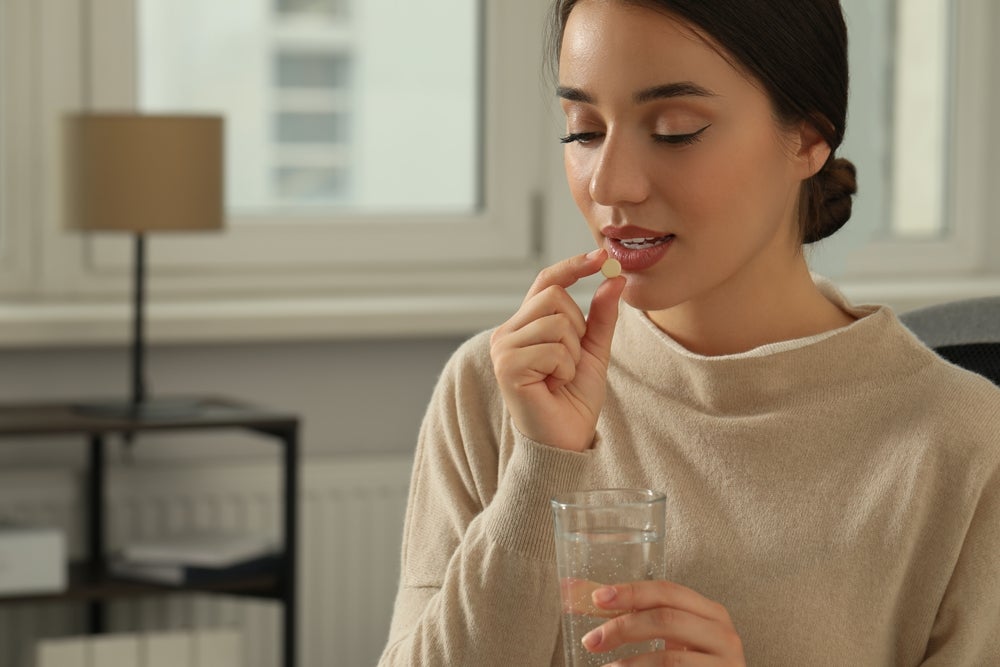
Retail giants such as Walmart, Kroger and Rite Aid have experienced a surge in sales during the second quarter of 2023, thanks to the increased demand for prescription weight loss drugs.
These drugs, including Novo Nordisk’s Wegovy and Ozempic, have become immensely popular, with high-profile figures such as Elon Musk turning to them for weight management.
These treatments, known as GLP-1s, are a class of drugs designed to mimic a gut hormone that reduces appetite. While they’re a hit among consumers, retail pharmacies are not reaping substantial profits from them.
Analysts such as Arun Sundaram from CFRA Research suggest that the drugs are mainly traffic drivers and not significant profit sources for retailers.
Beyond retail, drug manufacturers like Eli Lilly and Pfizer are developing their own GLP-1 drugs to tap into a potentially $200 billion weight loss drug market by 2030, given that approximately 40% of US adults are obese.
Retailers struggle with slim profits
Despite the increased popularity of GLP-1 drugs, retailers including Walmart, Rite Aid and Kroger are finding that these medications don’t substantially improve their profit margins.
Walmart’s CEO, Doug McMillon, noted that weight loss drugs are expected to drive sales for the remainder of 2023, but that they don’t significantly impact profitability.
Rite Aid’s CFO, Matthew Schroeder, echoed this sentiment, emphasising the minimal impact on gross profits despite high sales volumes and the drugs’ high prices.
The challenge lies in the low gross margins for branded medications, averaging 3.5% for pharmacies, compared to the robust 42.7% average for generic drugs.
Branded drugs, shielded by patents, give manufacturers more negotiating power when it comes to drug discounts, leaving less room for wholesalers and pharmacies to secure large margins.
Mixed impacts of GLP-1 drugs
While the pharmacy business faces slim profit margins, the impact of GLP-1 drugs on retailers extends beyond just finances. For companies such as Walmart and Kroger, these drugs indirectly benefit other business categories.
Analyst Bradley Thomas suggests that the gross margin challenge is less concerning for Walmart because increased foot traffic often leads to multiple purchases, boosting discretionary categories.
However, for Rite Aid, CVS Health and Walgreens, which operate retail pharmacies and other segments, the impact varies. CVS Health, with its health insurer and pharmacy benefit manager (PBM), faces both benefits and risks.
Health insurers must cover the costly drugs, but CVS deems the risk manageable. PBMs, on the other hand, may benefit from increased GLP-1 drug use but often don’t pass on all savings to insurers.
Ultimately, the surge in GLP-1 drug demand affects many aspects of retailers’ businesses, with some segments benefiting more than others. CVS CEO Karen Lynch acknowledged that these drugs impact their businesses in diverse ways, emphasising the complexity of the situation.



